Shanghai, Cina, 24 giugno 2025 - Wonclean, fornitore leader di soluzioni per camere bianche, ha dimostrato con successo i suoi prodotti e tecnologie all'avanguardia a CPHI&PMEC Cina 2025 , tenutosi dal 24 al 26 giugno presso lo SNIEC di Shanghai. L'evento si è rivelato estremamente gratificante per Wonclean, ottenendo notevole attenzione, fiducia e supporto da parte di clienti nuovi ed esistenti, consolidando la sua posizione nel settore. Presso lo stand N4B26, Wonclean ha presentato un'impressionante gamma di prodotti, tra cui il suo avanzato " Camera bianca modulare ”, che ha attirato numerosi visitatori grazie al suo design flessibile e alle prestazioni efficienti. Anche il "Sistema di pareti per camere bianche" dell'azienda ha suscitato notevole interesse, dimostrandone la durevolezza e la facilità di manutenzione. Inoltre, sono stati esposti i prodotti "Porte e finestre per camere bianche", "Attrezzature per camere bianche" e "Arredi da laboratorio" di Wonclean, per evidenziare la vasta gamma di soluzioni di alta qualità per camere bianche. Molti clienti affezionati hanno colto l'occasione per visitare lo stand di Wonclean durante la fiera. Questi clienti fedeli non solo hanno dimostrato la loro continua fiducia nei prodotti Wonclean, ma hanno anche partecipato a discussioni approfondite su possibili collaborazioni e soluzioni personalizzate per le loro specifiche esigenze. La loro presenza e il feedback positivo hanno rappresentato una forte conferma dell'impegno di Wonclean per l'eccellenza e la soddisfazione del cliente. La fiera ha offerto a Wonclean preziose informazioni sulle tendenze del mercato e sulle esigenze dei clienti. Interagendo con un gruppo eterogeneo di professionisti del settore, l'azienda ha potuto raccogliere informazioni importanti che guideranno i suoi futuri sforzi di ricerca e sviluppo. La partecipazione di Wonclean a CPHI&PMEC China 2025 si è rivelata un successo clamoroso, rafforzando ulteriormente la reputazione del marchio e ampliando la propria base clienti. Wonclean desidera esprimere la sua gratitudine a tutti coloro che hanno visitato lo stand e mostrato interesse per i suoi prodotti. L'azienda non vede l'ora di mettere a frutto le conoscenze acquisite in fiera per continuare a fornire soluzioni innovative e affidabili per camere bianche alla sua clientela globale. Per ulteriori informazioni su Wonclean e sulla sua gamma completa di prodotti, visitate il sito web dell'azienda o contattate il servizio clienti. Informazioni su Wonclean Wonclean è un produttore leader di soluzioni per camere bianche, specializzato nella progettazione e produzione di "Camere Bianche Modulari", "Sistemi di Pareti per Camere Bianche", "Porte e Finestre per Camere Bianche", "Attrezzature per Camere Bianche" e "Arredi da Laboratorio". Con una forte attenzione alla qualità e all'innovazione, Wonclean si impegna a soddisfare i più elevati standard di pulizia e funzionalità richiesti da diversi settori. Per richieste da parte dei media,...














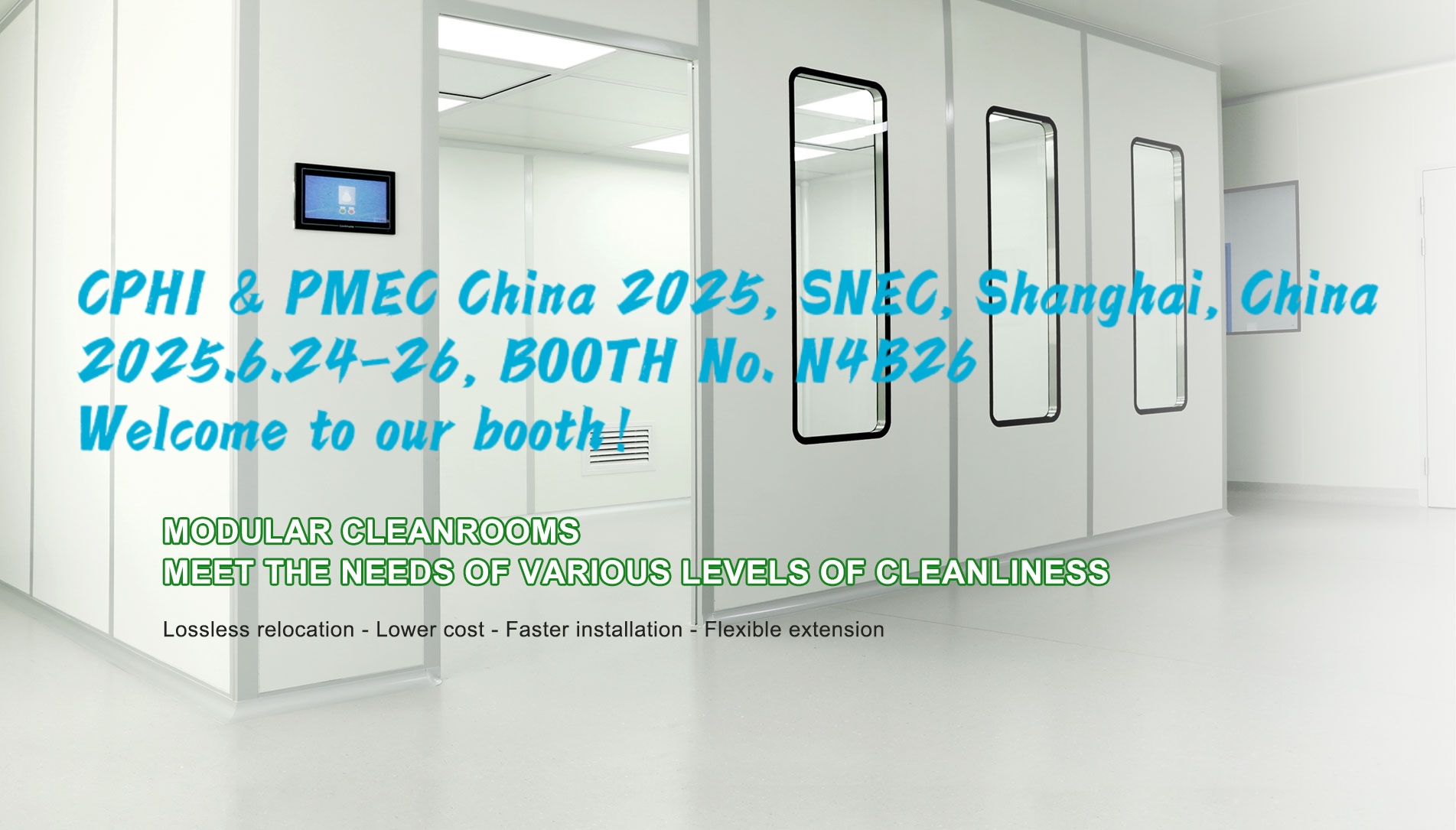
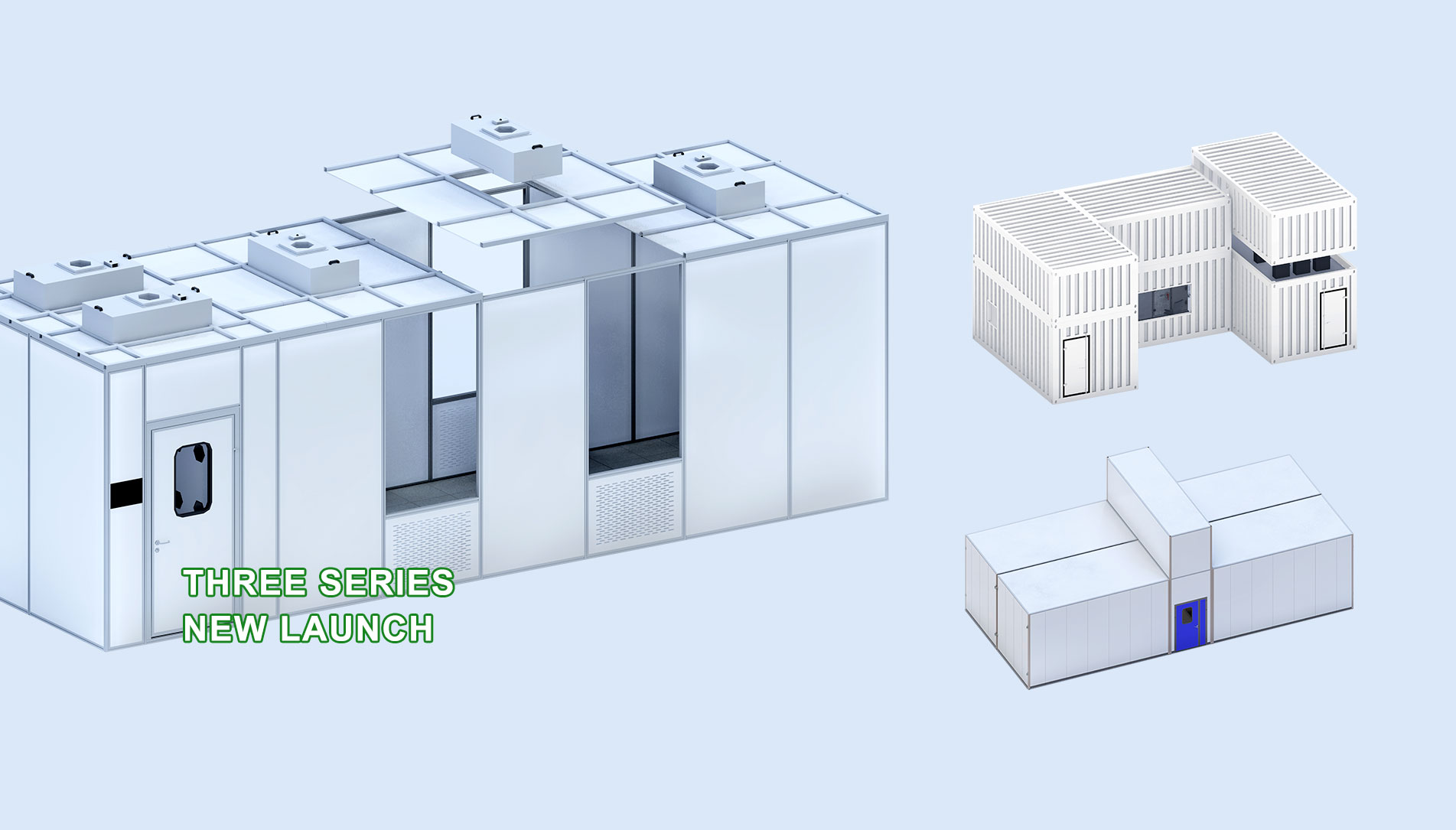
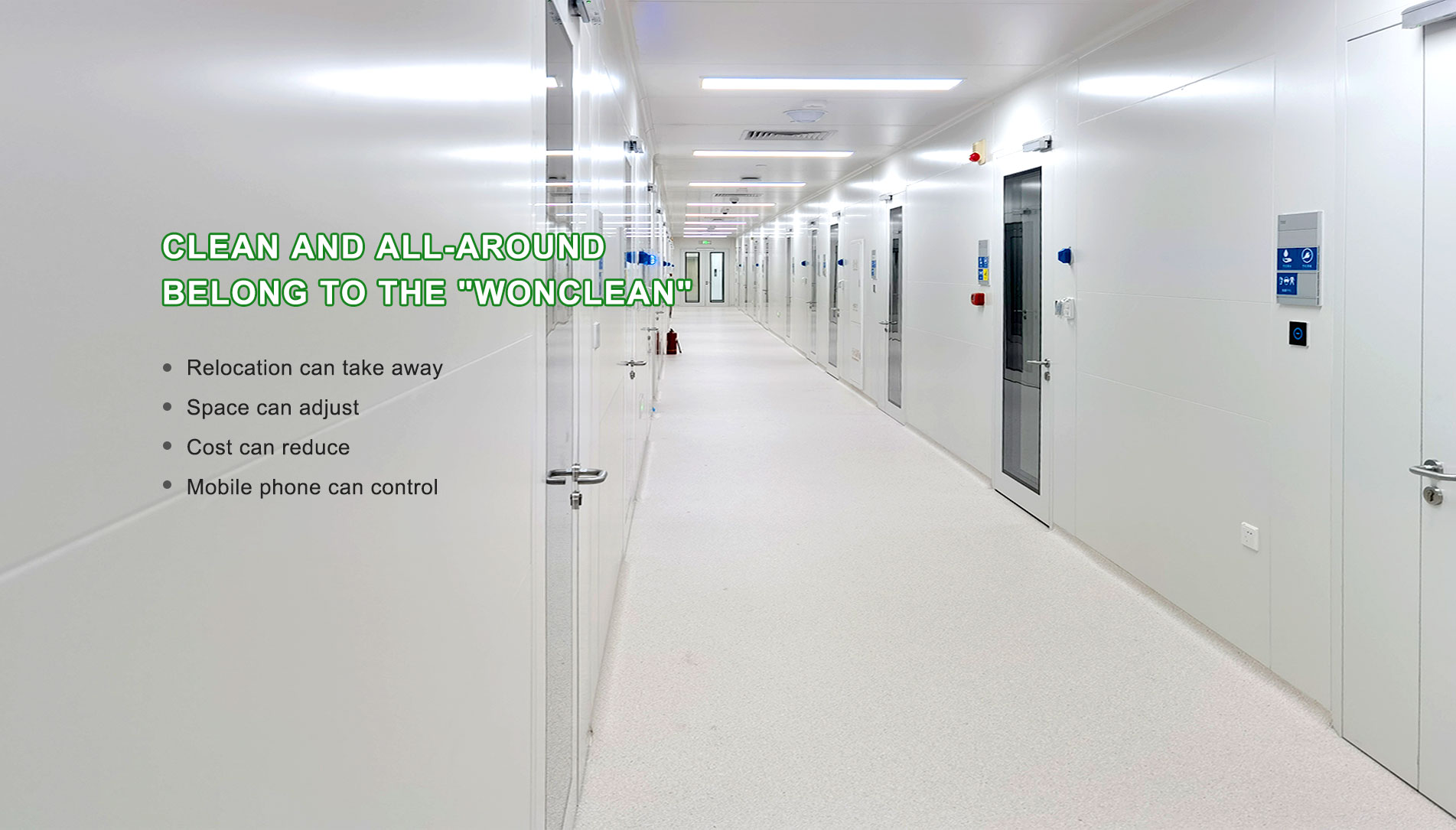
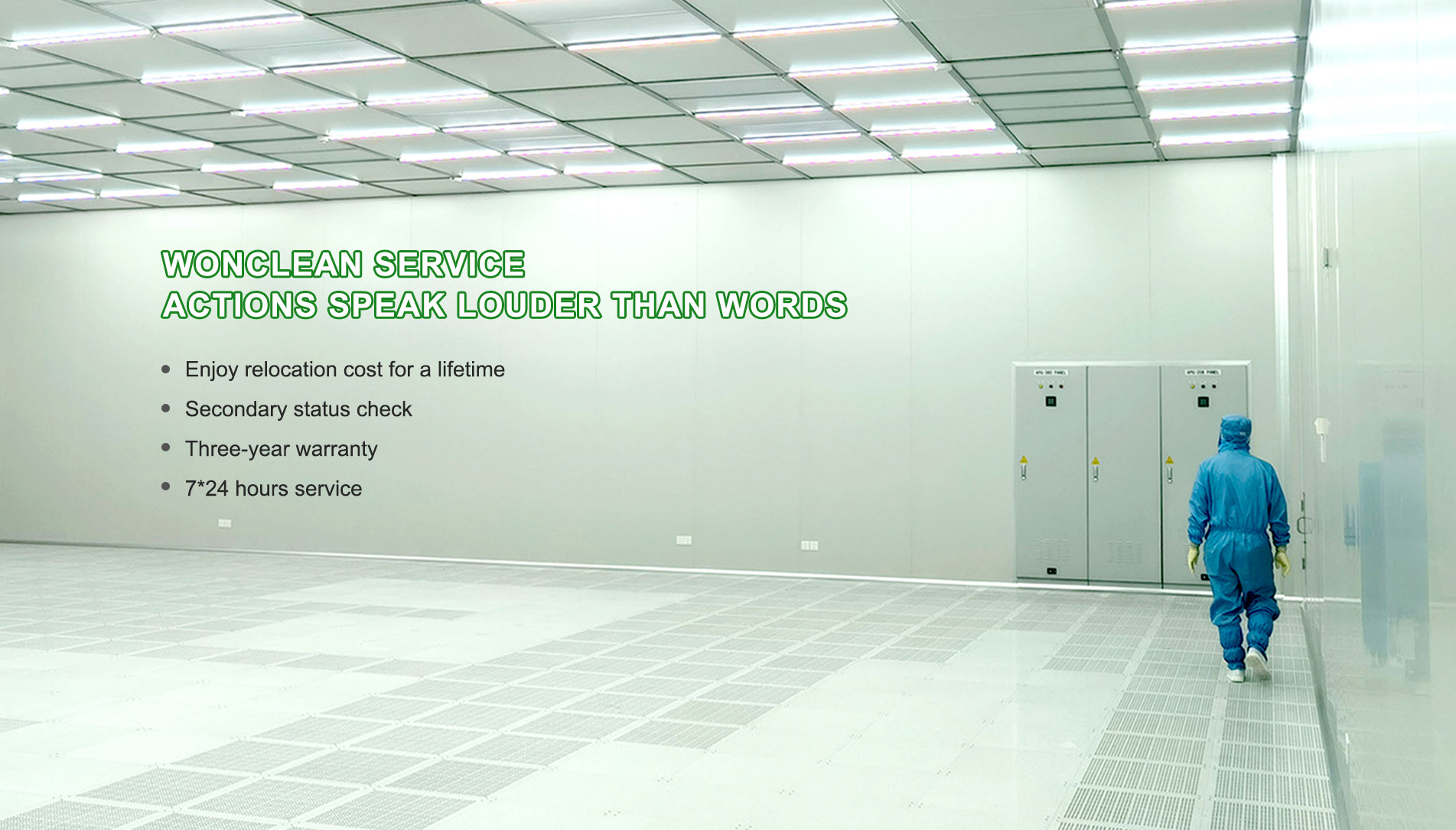
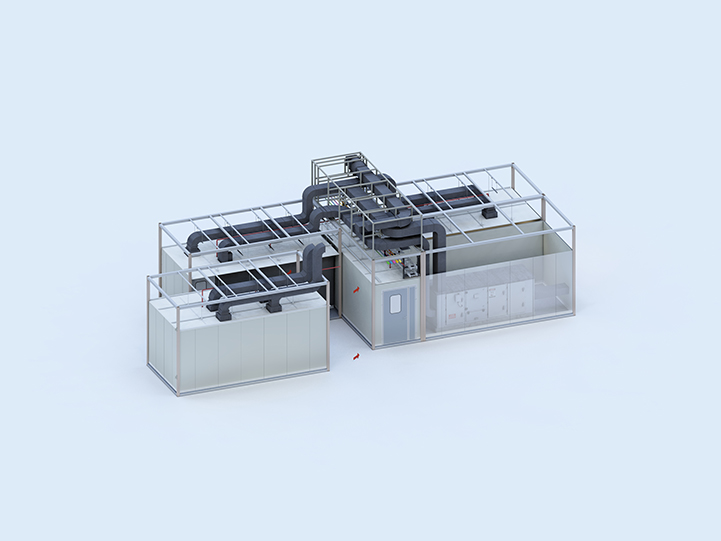

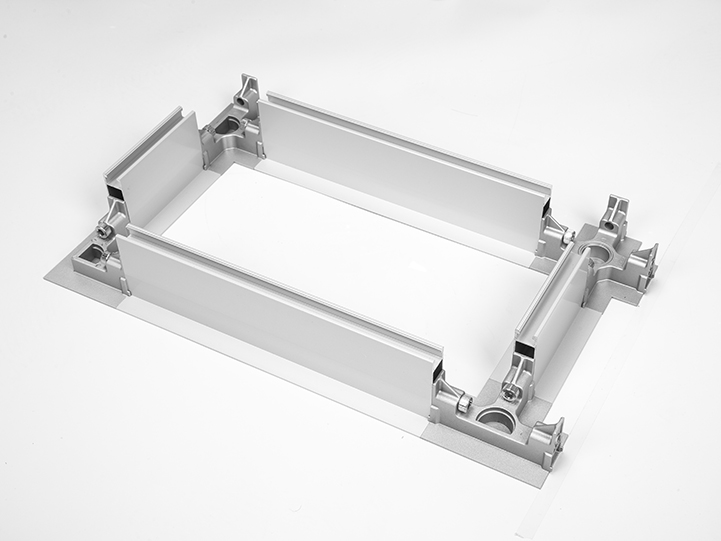
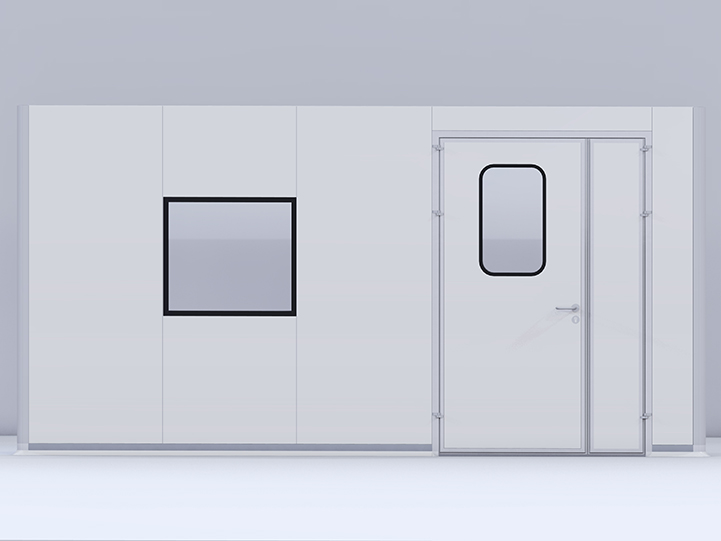
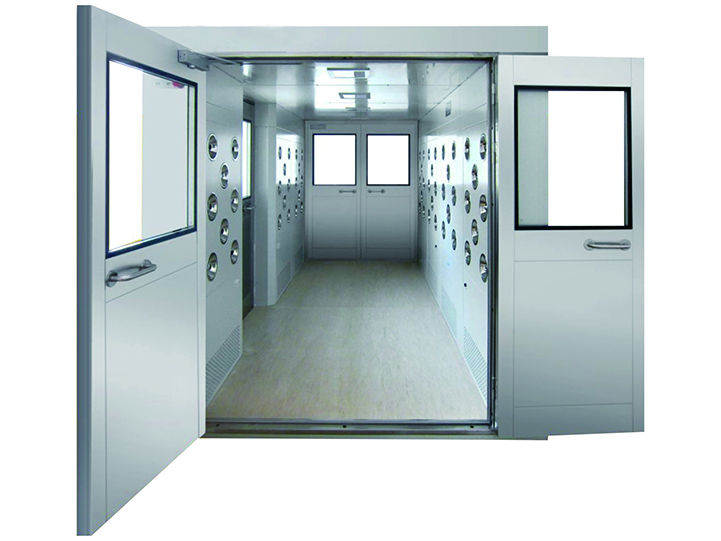
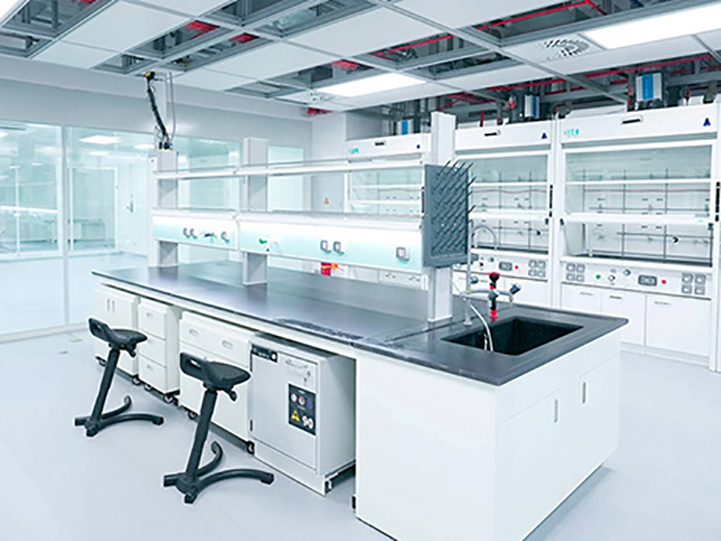




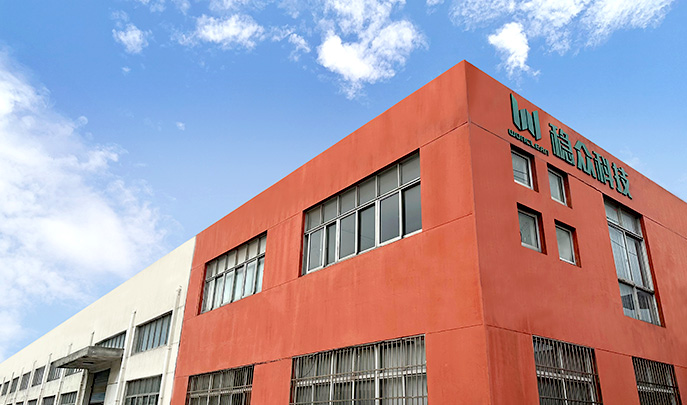
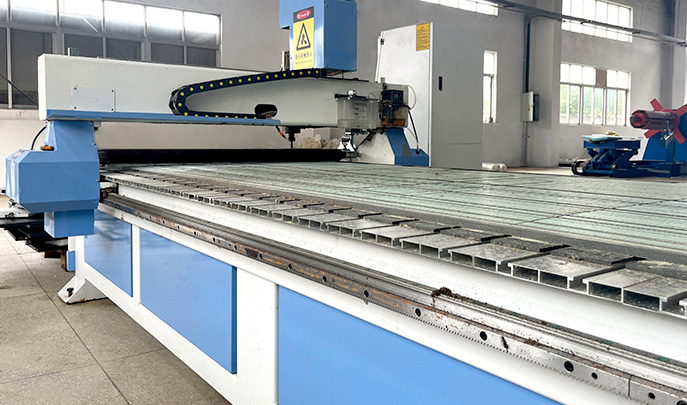
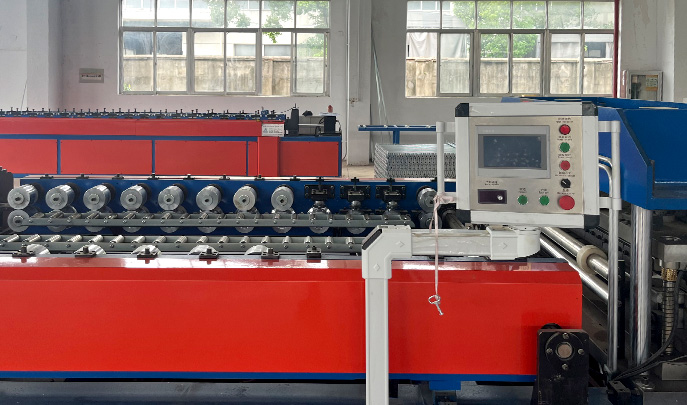
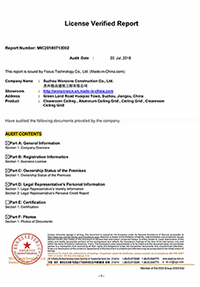
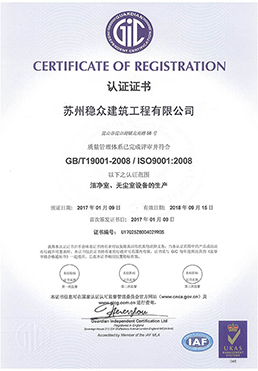
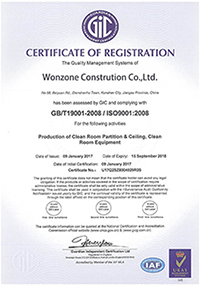
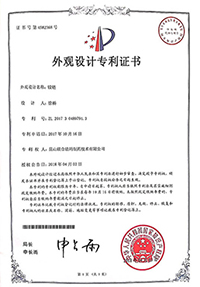
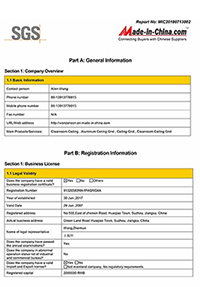
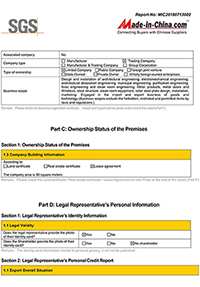
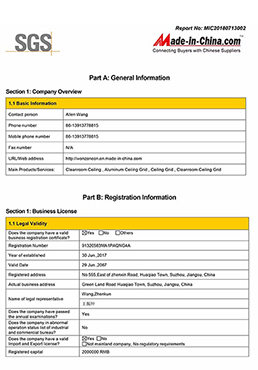
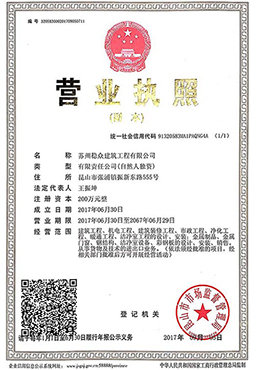
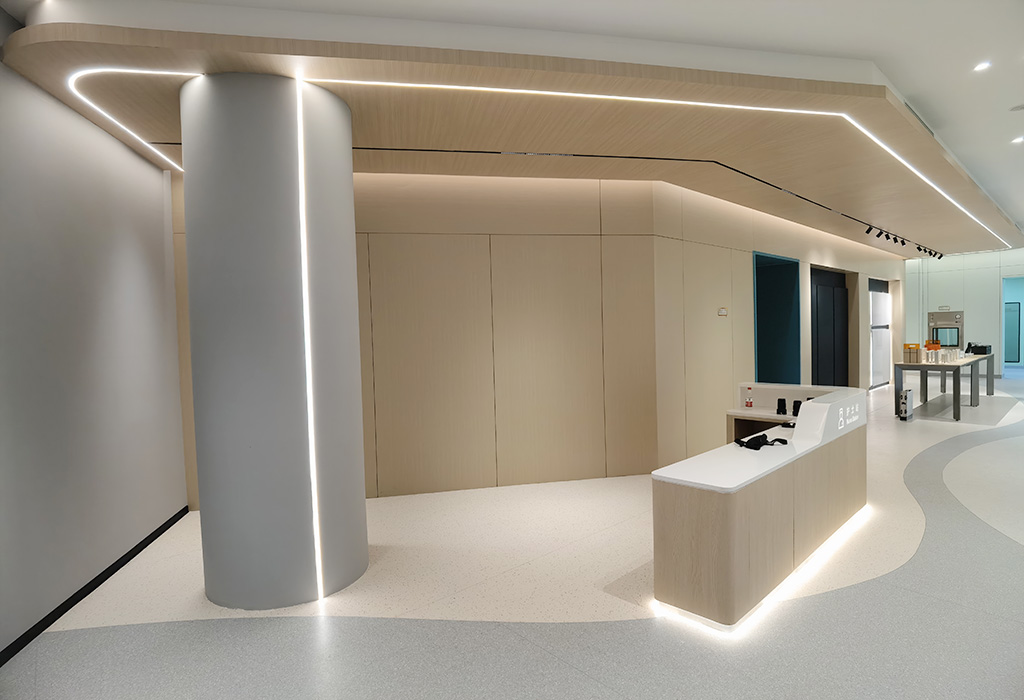








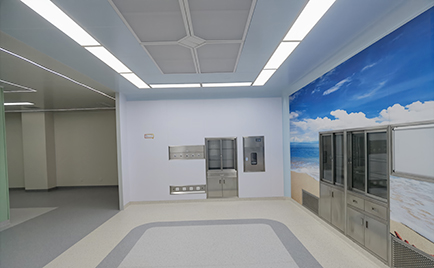
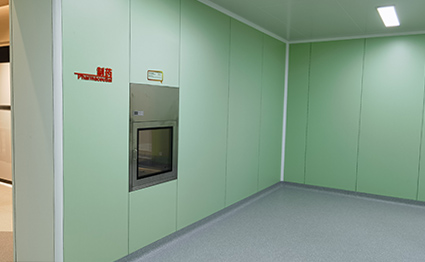
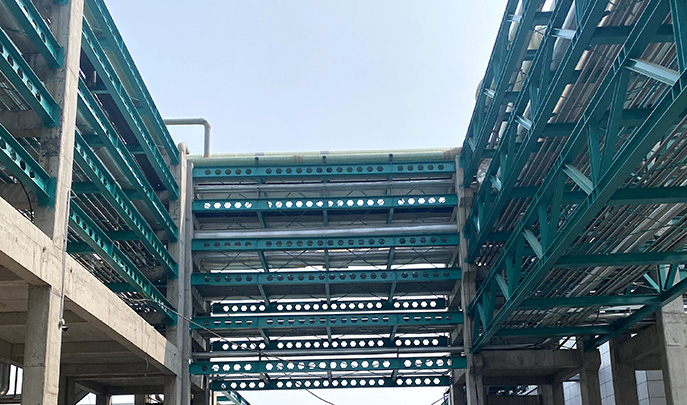
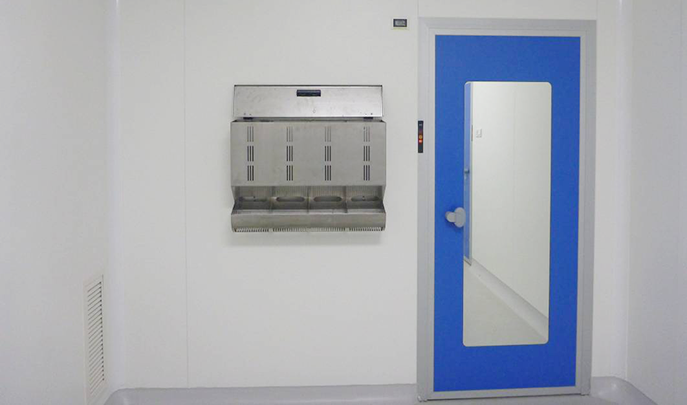
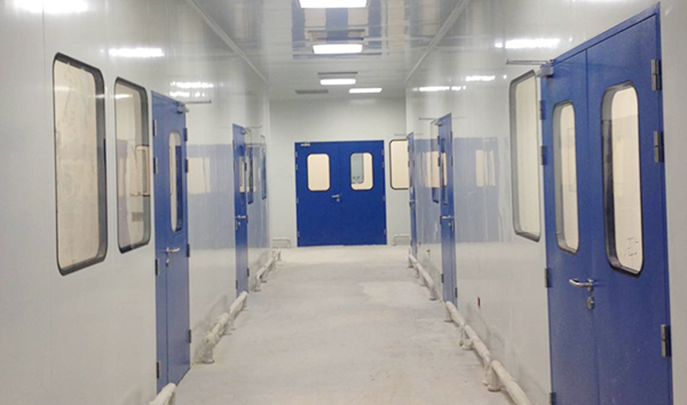
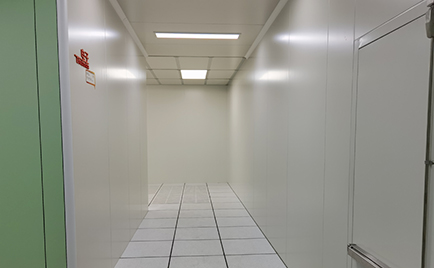
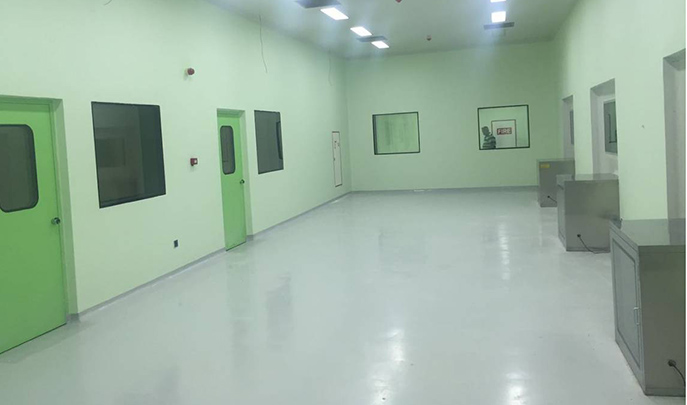
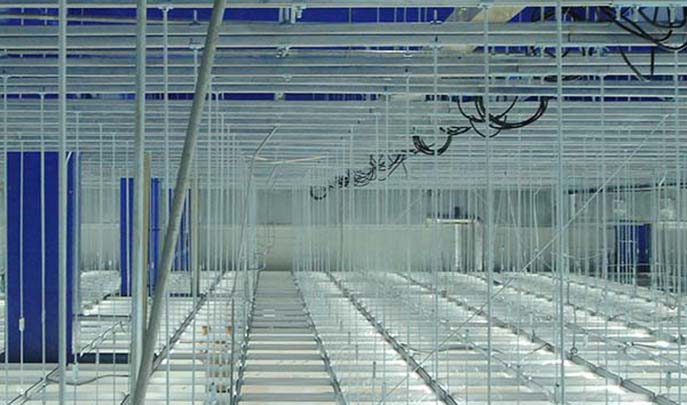
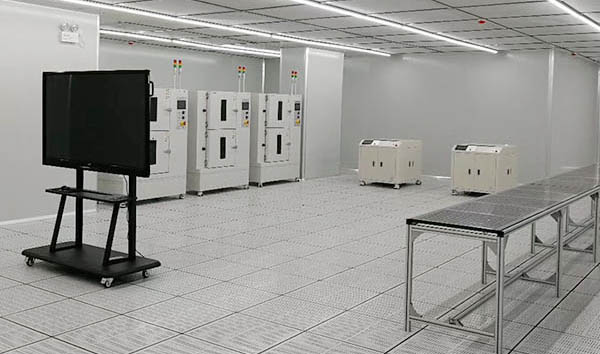

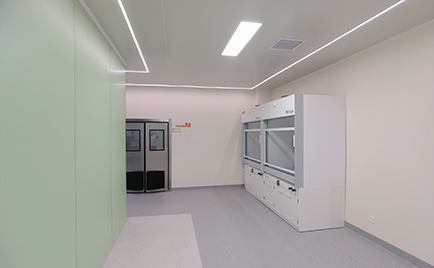
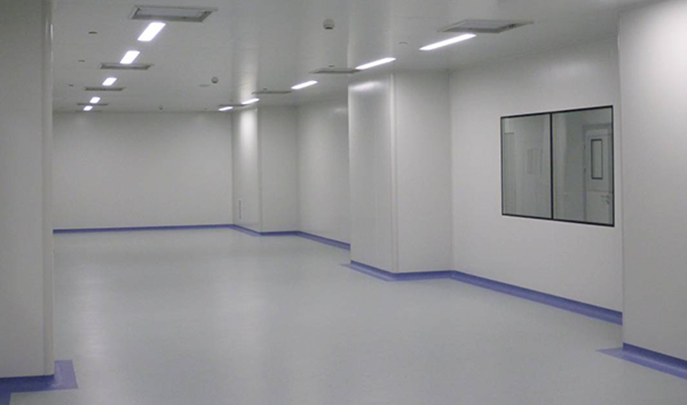
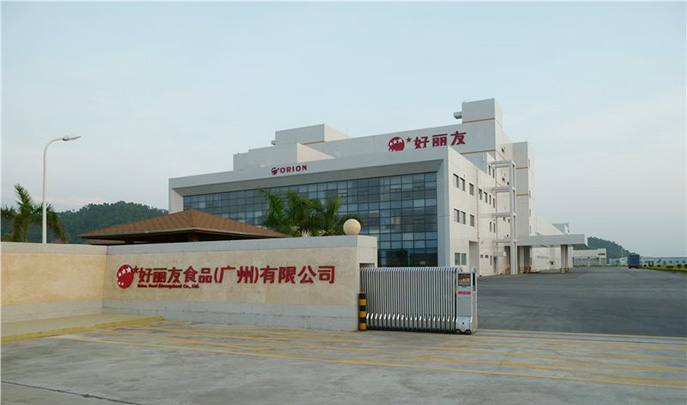
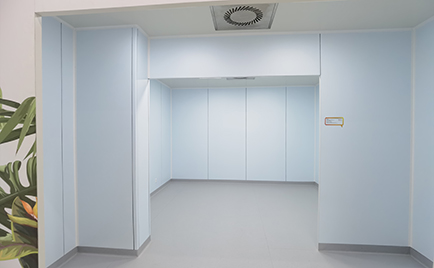


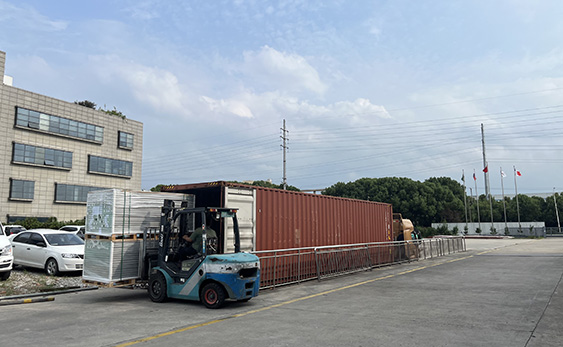
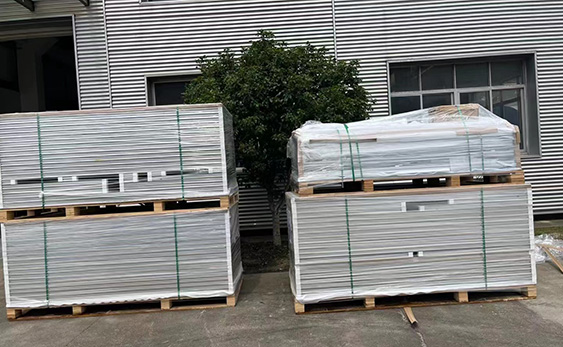


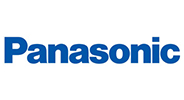






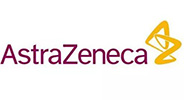

























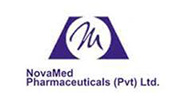













 Servizio online
Servizio online

